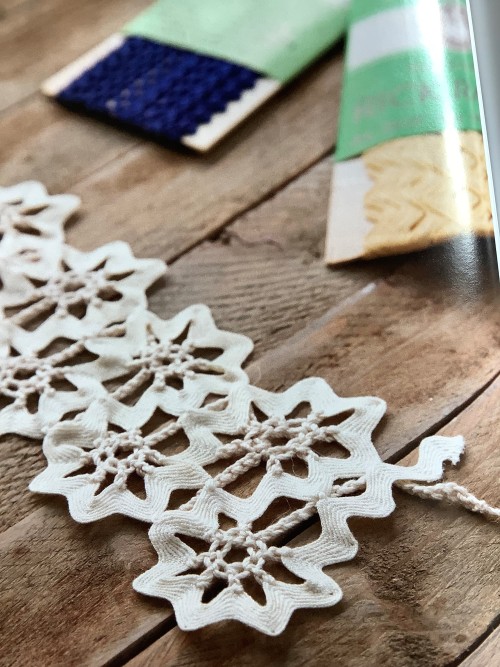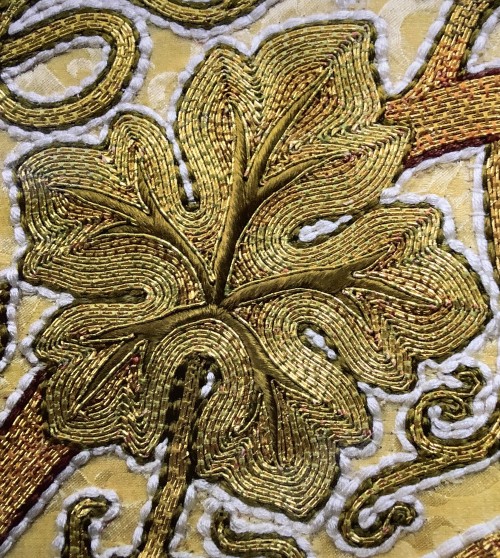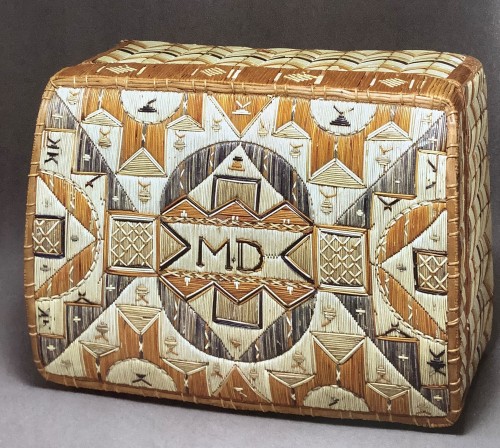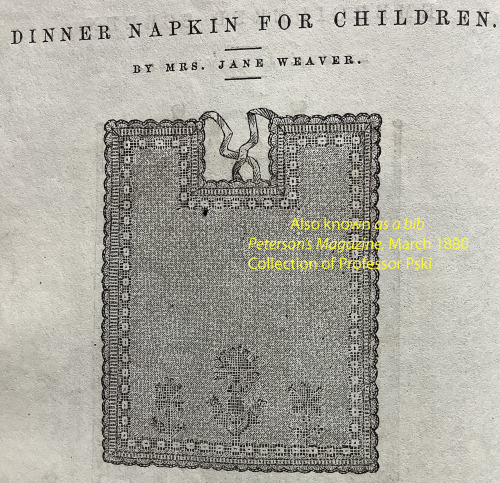#vintage needlework
Piecework, Summer 2022
This issue has a lot of history about needlework and a few projects as well. You see on the cover a knitted, beaded shawl that is a reworking of a 19th Century shawl. Called Leaves and More Leaves Beaded Shawl by Carolyn Wyborny, it forms a large triangle with the beads added using the crochet hook method. This means drawing a knit stitch through the hook and then continuing to knit versus the stringing method in which you have to string ALL the beads onto your yarn and include them as you go. The lace patterns are charted.
The 2nd project you see pictured here takes one of the humblest of modern trims: rick-rack. It was dubbed wavy braid in the 19th Century and used for trim or even entire children’s dresses. Katrina King shows you how you can use crochet thread to do this.
Then you see a close-up of a leaf created via Italian shading, a very old technique for couching, i.e. sewing down, metallic threads, which is still used for very ornate embellishment today as Natalie Dupuis explains. The last picture uses a material very few of us will ever see: porcupine quills. The Mi’kmaw people of North America dyed them and used them as embellishments according to Annamarie Hatcher. There are also articles on bodkins, a tool for pulling through threads or ribbons, on organic embroidery, on lappet weaving, and more.
Find it at your local bookstore, or online here: https://pieceworkmagazine.com/
Post link
Dinner Napkin for Children, March 1880
I am amazed at the hundreds of needlework projects which appear in tiny print in this bound volume of Peterson’s Magazine. I marvel at the simplicity of the directions, the enormous amount of work and effort needed, and in some cases. of the sheer impracticality of it all.
Take this “Dinner Napkin for Children” which we would call a bib. It starts with plain white cloth, then you use “cross stitch and Holbein stitch” the latter being a running stitch that is then doubled in order to give an unbroken line near the outer hems. Then the entire outer edge is finished with buttonhole stitch, then a round of double crochet stitch, then a round of shell stitch in crochet.
All this so a young child can dribble food on the results! My mind boggles at this effort. And protests. You can understand why “Simplicity” became the cry of the next generation of dress reformers and then became the watchword of the Dress Doctors. And why children’s bibs became far less elaborate later on.
Post link





